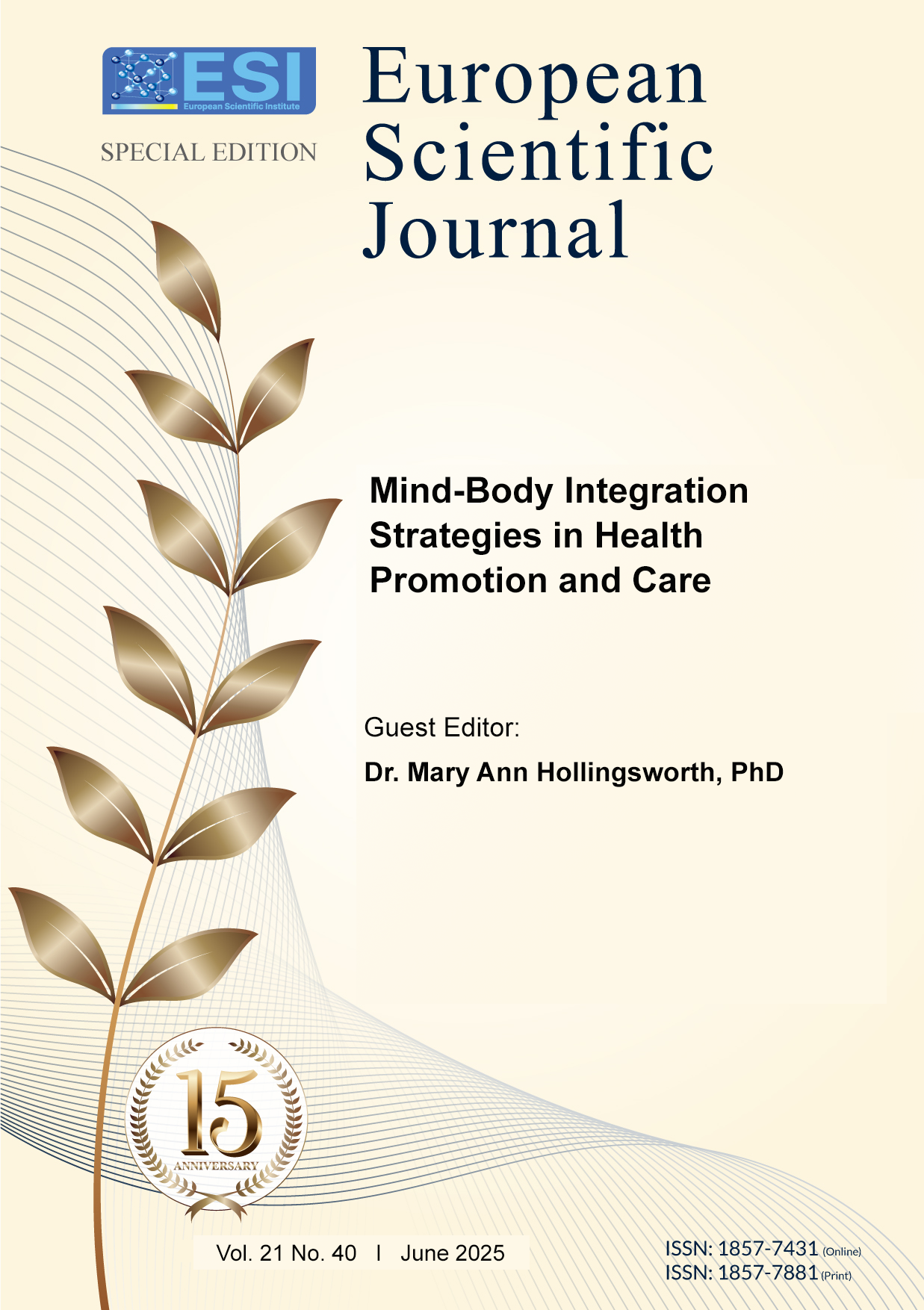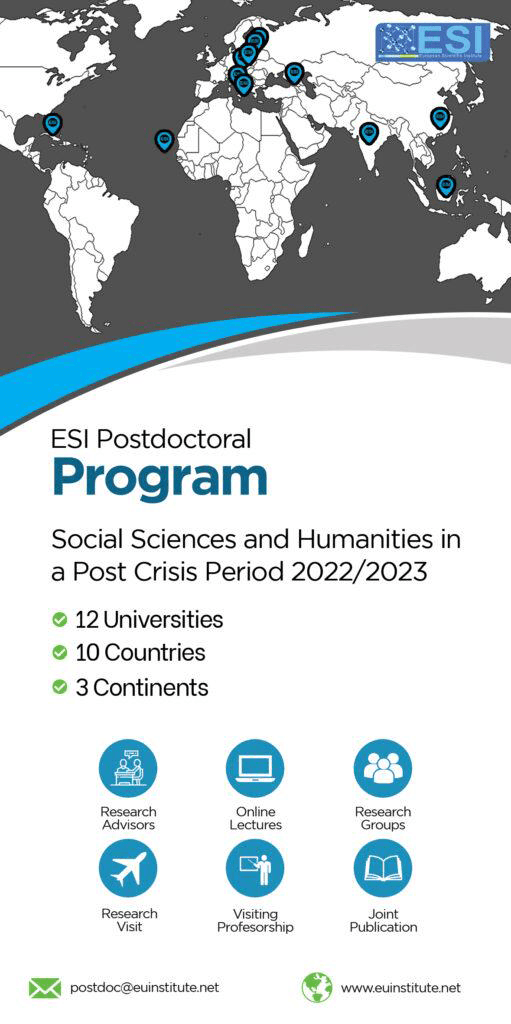Healing Addiction at Its Core: Insight into Resolving the Subconscious Drivers of Cravings and Compulsions
Abstract
Background: Addiction remains a persistent challenge in psychology and neuroscience, with high relapse rates despite various treatments. Conventional models often manage symptoms without addressing the suppressed emotional states and subconscious narratives that sustain compulsive behaviors. This study investigates the impact of restructuring subconscious belief systems through a pioneering methodology: Quantum Leap Technique (QLT), which employs structured linguistic interventions to systematically surface, deconstruct, and replace internal narratives with self-affirming beliefs in combination with an internal locus of control. Methods: Twenty individuals participated in QLT sessions for non-addiction-related concerns, such as self-worth, career challenges, health concerns, and emotional well-being. Despite addiction not being their primary focus, all participants reported significant changes in their relationships with addictive substances and compulsive behaviors. A survey with Likert-scale assessments and open-ended questions evaluated addiction-related experiences post-intervention. Results: Participants reported reduced compulsive behaviors, cravings, and emotional distress, with an increased sense of self-regulation. QLT facilitated shifts in self-narratives, promoting resilience and self-determination. The breadth of addiction types - including substance use, food cravings, and behavioral compulsions - highlights the intervention's broad applicability. Discussion: Findings suggest that addiction is driven by subconscious programming and unresolved trauma rather than solely biochemical dependency. By transforming self-perception and belief systems, QLT facilitated meaningful behavioral change. Limitations include a small sample size and reliance on self-reported data. Future research should explore diverse populations, those actively seeking treatment for these self-destructive behaviors, and objective outcome measures. Conclusion: This study supports language transformation and subconscious restructuring as critical components of addiction recovery, encouraging further research into integrative treatment models that address core belief systems for sustainable healing.
Downloads
Metrics
PlumX Statistics
References
2. Brothers, C. (2004). Language and the pursuit of happiness. New Possibilities Press.
3. Corey, G. (2016). Theory and practice of counseling and psychotherapy (10th ed.). Cengage Learning.
4. Dawson, D., Goldstein, R., & Grant, B. (2007). Rates and correlates of relapse among individuals in remission from DSM-IV alcohol dependence: a 3-year follow-up. Alcoholism, Clinical and Experimental Research, 31 12, 2036-45. https://doi.org/10.1111/J.1530-0277.2007.00536.X.
5. Greenburg, L.S. (2004). Emotion-focused therapy. Clinical Psychology and Psychotherapy, 11, 3-16.
6. Lipton, B. H. (2005). The biology of belief: Unleashing the power of consciousness, natter, & miracles. Hay House, LLC.
7. Mohammadpoorasl, A., Fakhari, A., Akbari, H., Karimi, F., Bostanabad, M., Rostami, F., & Hajizadeh, M. (2012). Addiction relapse and its predictors: A prospective study. Journal of Addiction Research and Therapy, 3, 2-4. https://doi.org/10.4172/2155-6105.1000122.
8. Nomandan, S., Hasani, J., & Hatami, M. (2014). The role of emotional schemas in substance abuse craving. International Journal of Behavioral Sciences, 8, 131-136.
9. Pappas, S. (2020). How do emotions trigger cravings? American Psychological Association. https://www.apa.org/news/apa/2020/emotions-trigger-cravings
10. Rotter, J. B. (1966). Generalized expectancies for internal versus external control of reinforcement. Psychological Monographs: General and Applied, 80(1), 1-28.
11. Serre, F., Fatseas, M., Denis, C., Swendsen, J., & Auriacombe, M. (2018). Predictors of craving and substance use among patients with alcohol, tobacco, cannabis or opiate addictions: Commonalities and specificities across substances.. Addictive Behaviors, 83, 123-129 . https://doi.org/10.1016/j.addbeh.2018.01.041.
12. Stephens, R.T. (2014). Conscious language: The logos of now. Conscious Language Creations.
13. Witkiewitz, K., & Bowen, S. (2010). Depression, craving, and substance use following a randomized trial of mindfulness-based relapse prevention. Journal of Consulting and Clinical Psychology, 78 3, 362-374. https://doi.org/10.1037/a0019172.
Copyright (c) 2025 Michelle Spires, Natasha Musser, Sophie Howell

This work is licensed under a Creative Commons Attribution 4.0 International License.








